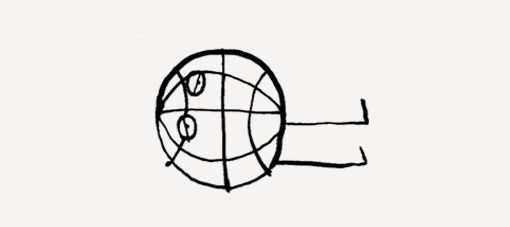
The possibilities are roiling and frothing – depending on which option prevails, the particle will be either attracted by an atom and ultimately bind itself to it, or will opt instead for freedom.
Children do it all the time: they talk to toys, objects, clumps of dust. So do poets, for that matter. Even adults, sensible people, sometimes curse treacherous keys that have wilfully misplaced themselves, or pat a loyal car that has successfully started despite subzero temperatures.
But childhood, poetry and annoyance are one thing, whereas measured consideration of any and all evidence for or against such a view is quite another issue. In the latter case, those who quite seriously conclude that all matter in the universe can feel, think and be conscious are not merely eccentrics – they are panpsychists.
A metaphysical glitch
On the face of it, the hypothesis is simple, even childishly so: everything has consciousness; everything thinks and experiences. But panpsychism is one of those ‘isms’ that is easier to say than to defend, explain, or even understand.
The most honest thing would probably be to say that panpsychism is kind of like a hangnail on one’s finger – a tiny little problem that may turn troublingly pathological if you keep picking at it obsessively. In this case, the ripple in our otherwise healthy and smooth picture of the world is the question of the mind’s place within it. Most philosophers agree, even today, that this problem has yet to be resolved.
The thing is that the mind is kind of… odd. When we look around, we intuitively start reconstructing what is called the external world, which consists of cups, chairs, clouds, atoms, planets, galaxies and everything else. All of these objects have a couple of nice features in common – they have mass and a specific location in space, and they interact physically through pushes and pulls. Even if we add somewhat more problematic creations (such as light or a magnetic field) to this merry group, it will still be a consistent







